Compact powerhouse
iPhone SE (2020)
Pros
- Flagship-level performance
- Very good rear camera
- Qi wireless charging
- IP67 dust/water resistance
- Years of software updates
Cons
- Display is only HD
- Outdated design
If the aging design doesn't bother you, Apple's new iPhone SE is one of the best phones you can buy in this price range. The star of the show is the A13 Bionic processor, which allows for incredibly fast performance and software updates that'll keep rolling in for years to come. Other highlights include the 12MP rear camera and Qi wireless charging.
New and shiny
Samsung Galaxy A51
Pros
- Large display with minimal bezels
- Reliable 48MP camera
- Expandable storage
- 3.5mm headphone jack
- Long-lasting battery life
Cons
- Disappointing performance
- Only sold at Sprint and Verizon
The Samsung Galaxy A51 is one of the many low-cost Android phones currently available, and while it isn't perfect, there is a lot to like about it. The phone has a large AMOLED display with slim bezels, four rear cameras, and a 4,000 mAh battery that allows for great endurance. If you're a Sprint or Verizon customer, it's well worth a look.
While Samsung's Galaxy A51 and the iPhone SE have identical price tags, the phones focus on specializing in different areas and therefore come with their own set of strengths and weaknesses. The Galaxy A51 has a really fantastic AMOLED display, lots of rear cameras, and long battery life, but performance is a bit disappointing compared to the competition. Apple's iPhone SE has an outdated design with huge bezels, but the A13 Bionic processor allows for mind-blowing speed and years of software updates. On top of that, you'll also need to come to terms with what operating system you prefer — Android or iOS.
The Galaxy A51 comes out ahead in a few areas
The Galaxy A51 is a follow-up to 2019's A50, which we hailed as one of the best mid-range phones of the year. The A51 shares a lot of the A50's strong suits, making it a very attractive purchase.
First thing's first, especially compared against the iPhone SE, we need to talk about the Galaxy A51's display. It's quite large at 6.5 inches, the Full HD 2400x1080 resolution allows it to be plenty sharp, and the Super AMOLED panel means you're treated to bright and vibrant colors. Add all of that together with the tiny bezels and centered hole-punch cutout, and you end up with one outstanding display for a phone this cheap.
Flipping the phone over, you'll find its array of four rear cameras — including a 48MP primary camera, 12MP ultra-wide camera, 5MP macro camera, and 5MP portrait camera. The 48MP sensor captures great photos when there's a lot of daylight around, though low-light performance isn't the best we've ever seen. The other sensors are of a lower overall quality, but having the extra utility of the ultra-wide and macro cameras is something you just won't find on the iPhone SE.
There are some other specs that shine bright on the Galaxy A51, such as its large 4,000 mAh battery and 128GB of base internal storage. Also present on the phone is support for expandable storage and a 3.5mm headphone jack (once again, two features that the iPhone doesn't have).
| Samsung Galaxy A51 | iPhone SE (2020) | |
|---|---|---|
| Operating System | One UI 2.0 Android 10 |
iOS 13.3 |
| Display | 6.5-inch Super AMOLED 2400 x 1080 |
4.7-inch LED 1334 x 750 |
| Processor | Samsung Exynos 9611 | Apple A13 Bionic |
| RAM | 4GB | 3GB |
| Storage | 128GB | 64GB 128GB 256GB |
| Expandable Storage | Up to 512GB | ❌ |
| Rear Camera 1 | 48MP primary camera f/2.0 |
12MP primary camera f/1.8 |
| Rear Camera 2 | 12MP ultra-wide camera f/2.2 |
❌ |
| Rear Camera 3 | 5MP macro camera f/2.4 |
❌ |
| Rear Camera 4 | 5MP portrait camera f/2.2 |
❌ |
| Front Camera | 32MP f/2.2 |
7MP f/2.2 |
| Battery | 4,000 mAh | 1,821 mAh |
| Water Resistance | ❌ | IP67 |
| Charging | 15W wired charging | 18W wired charging Qi wireless charging |
| Dimensions | 158.5 x 73.6 x 7.9mm | 138.4 x 67.3 x 7.3mm |
| Weight | 172g | 148g |
But the iPhone SE has its own strengths
There's no denying that the A51 has quite a few perks over the iPhone SE, but that's not to say you should ignore the device. In fact, depending on where your needs and preferences lie, it could be a better purchase.
Without a doubt, the biggest draw to the iPhone SE is its processor. It's the Apple A13 Bionic chipset, which is the exact same one found in the $1,000 iPhone 11 Pro. Paired with the power-efficient HD display, the iPhone SE is ridiculously fast. It can handle any app or game with ease, and navigating through menus is buttery smooth. Compared to the A51's occasionally laggy performance, it's top-notch.
Additionally, that A13 Bionic ensures the phone will keep getting iOS updates for years to come. Where the Galaxy A51 will be lucky to get two years of consistent updates, you can likely expect five or more years of support for the iPhone SE. The iPhone SE further benefits from multiple storage configurations, Qi wireless charging, and an official IP67 rating for dust and water resistance. There's only one camera on the back, but it takes excellent photos.
As for the iPhone SE's size, that'll be either a pro or con depending on how you look at it. Some people might hate the tiny 4.7-inch screen, whereas others will be drawn to it and appreciate its compact footprint. Big phones are commonplace these days, so going back to something that's legitimately useable in one hand is a breath of fresh air you might be looking for.
Lastly, we appreciate how easy it is to buy the iPhone SE. You can buy it unlocked for use on any carrier in the U.S., or pick it up directly through one of those carriers if you prefer to do that. Comparatively, the Galaxy A51 is only available via Sprint and Verizon. If you don't use either carrier for your phone service, you're out of luck.
Different phones, different operating systems
All of that brings us here — where we determine which phone you should buy over the other. Truth be told, the answer varies depending on what you're hoping to get out of your next smartphone.
If you want a device with an incredible display for content consumption, long battery life, multiple rear cameras, and things like expandable storage and a headphone jack, the Galaxy A51 is the way to go. Compared to the iPhone SE, it's a much better purchase in these regards. That said, if you want a cheap phone that doesn't skimp out on performance, will stay updated for years to come and is easy to use with one hand, the iPhone SE stands out as the phone to get.
Outside of all that, there's also the matter of operating system. The Galaxy A51 is powered by Android, whereas the iPhone SE runs iOS. If you prefer Android, you'll be better off with the A51. If you're a long-time iPhone lover, going with the iPhone SE makes the most sense.
One operating system isn't necessarily better than the other, but sticking with what you know and like on the software front will ensure you aren't faced with any major roadblocks when getting your new phone.
Compact powerhouse
iPhone SE (2020)
All the speed you could ever ask for
From $400 at Best Buy From $400 at Apple
The iPhone SE may not look very impressive at first glance, but there's a lot going on with this low-cost Apple handset. Powering the device is the A13 Bionic processor, which is the same one found in the iPhone 11 Pro. Not only is it incredibly fast, but it also ensures that the iPhone SE keeps getting the latest updates for years and years to come.
New and shiny
Samsung Galaxy A51
Modern design with plenty of features
$400 at Samsung $400 at Best Buy
Right out of the gate, the Galaxy A51 impresses with its 6.5-inch AMOLED display that's large, colorful, and paired with very slim bezels. You'll also find a total of four rear cameras, not to mention the 3.5mm headphone jack and expandable storage. Assuming you're a Sprint or Verizon customer, this is a phone that's well worth your consideration.
The Galaxy A51 and iPhone SE both cost $400 — which one should you buy? posted first on http://bestpricesmartphones.blogspot.com
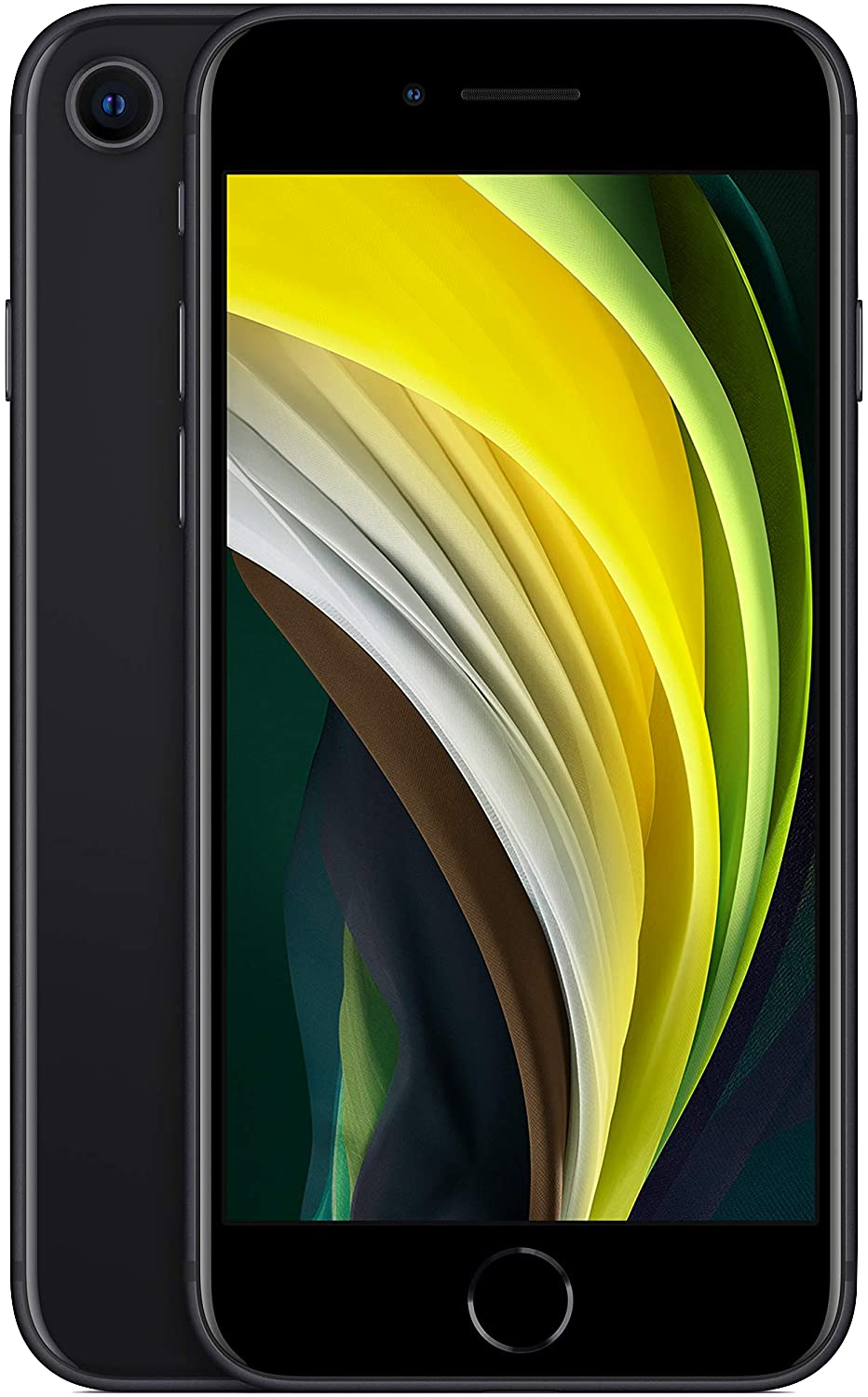
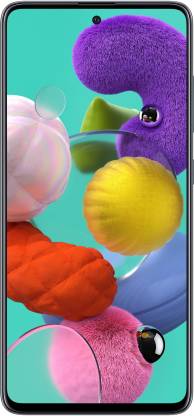
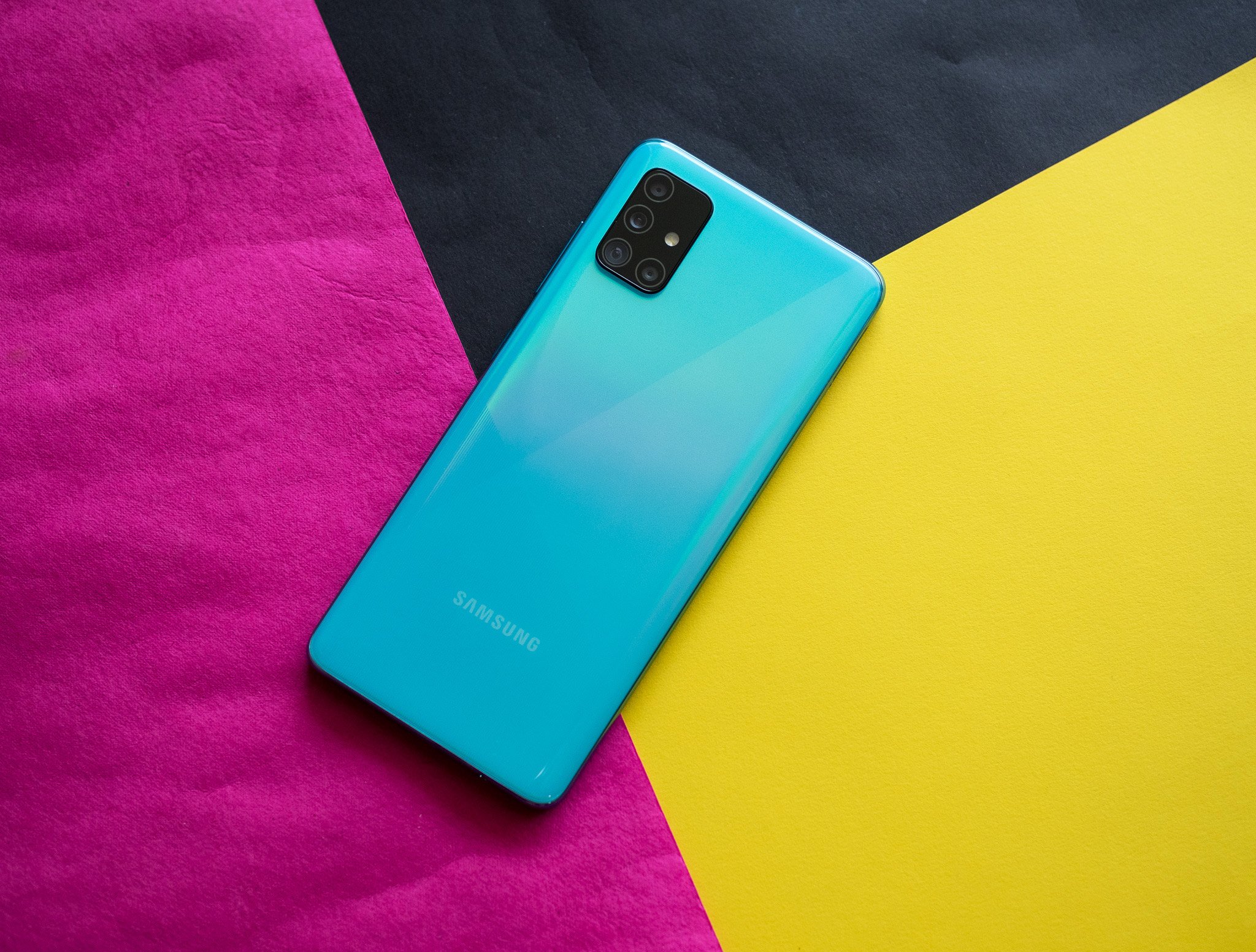
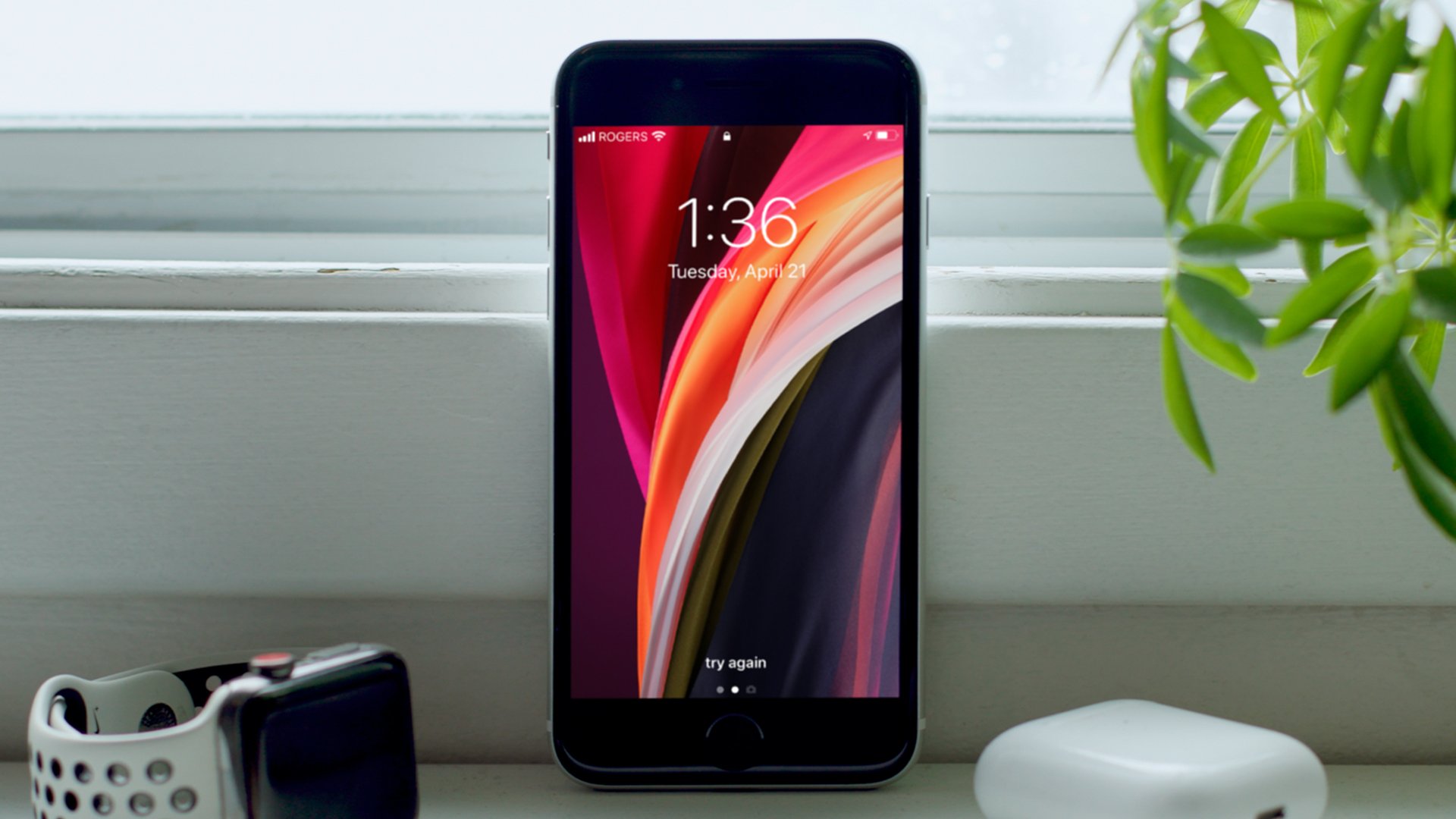
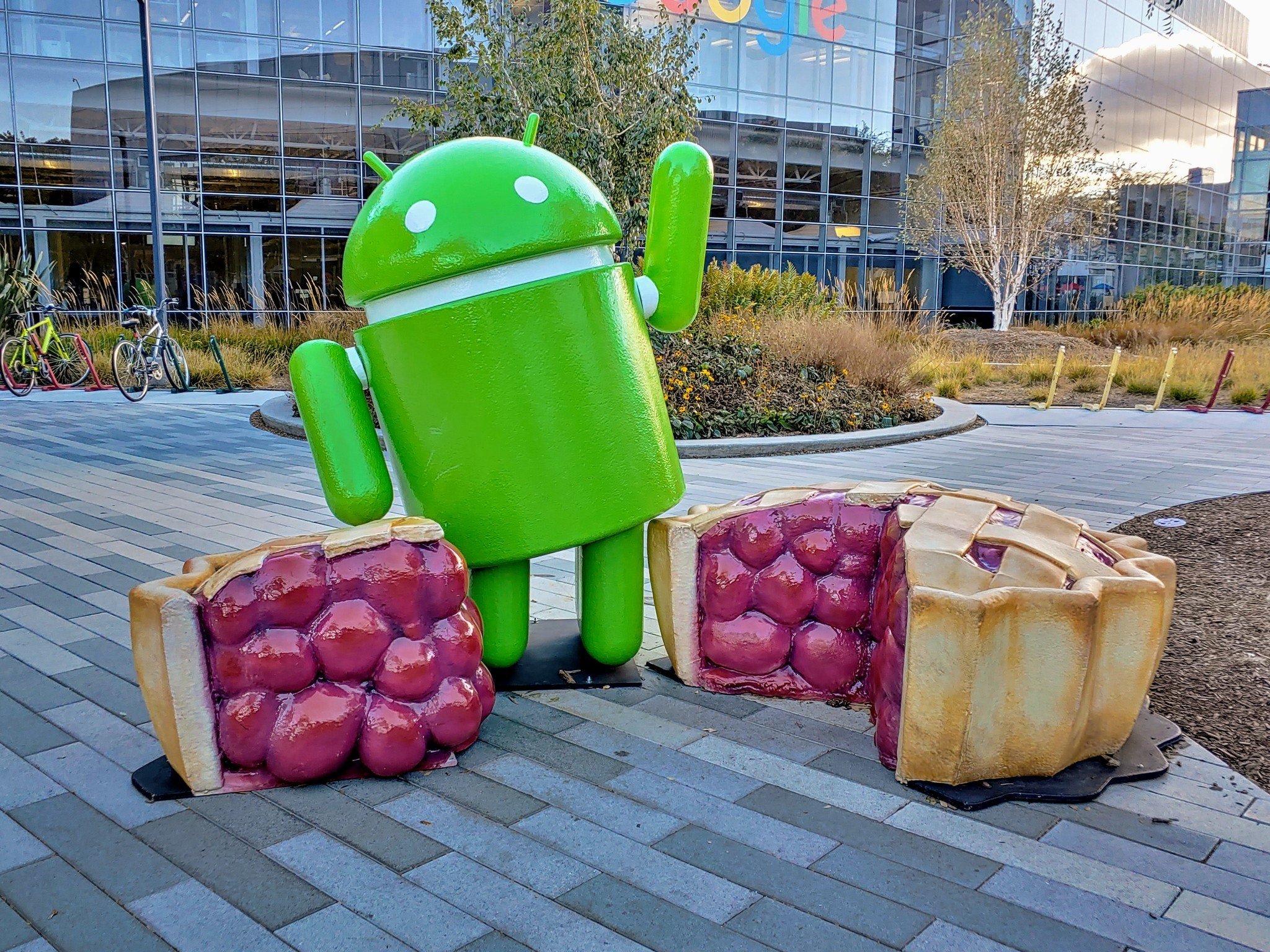
No comments:
Post a Comment